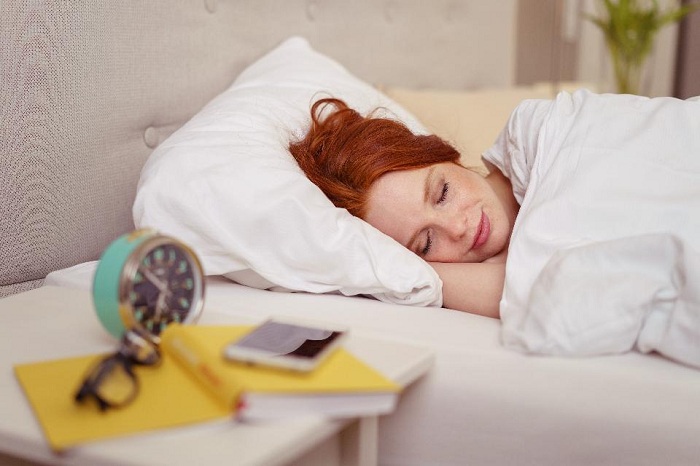Discover Magazine's blog The Crux recently spotlighted the experience, which happens when key parts of the brain switch off for a few seconds at a time. This means that, while you're not quite asleep, you're certainly not awake either.
"It's sort of like being a zombie for a few brief moments — sans the whole 'eating human flesh' part," Megan Schmidt wrote for the blog. "And usually, people don't realize it's happening to them."
And while this can happen to anyone, the sleep-deprived are consistently most at risk.
The dangers of skipping bedtime
Neuroscientist and sleep expert Matthew Walker previously told Business Insider that "the shorter your sleep, the shorter your life."
According to the AAA Foundation for Traffic Safety, a traffic research and safety organization, around 16.5% of fatal car crashes in the US are caused by microsleep.
One of the biggest disasters involving microsleep, reports Discover Magazine, is the 2009 crash of AirFrance Flight 447 that resulted in 228 deaths. Once investigators listened to recordings from the plane, they found the captain complaining that he was running on just an hour of sleep.
According to Walker, even losing a single hour of sleep could be harmful. "There is a global experiment that is performed on 1.6 billion people twice a year and it's called daylight savings time," he said.
"And we know that in the spring, when we lose one hour of sleep, we see a subsequent 24 percent increase in heart attacks the following day."
In a 2012 experiment, subjects were asked to play a 50-minute computer game in which they followed a dot around the screen using a joystick. During that time, researchers monitored eye movement and brain activity, looking for signs of drowsiness.
According to the report, subjects experienced an average of 79 episodes of microsleep, with some episodes lasting a full six seconds.
The research found that during microsleep, certain parts of our brain "try to restore responsiveness" in the ones shutting off, perhaps triggering the sudden involuntary jolt you feel when your head starts to drop down.
How can microsleep be prevented?
A 2012 study by the Centre for Accident Research and Road Safety in Australia found that in drowsy drivers, pulling over at the first signs of sleepiness makes a big difference.
The tired drivers (operating a computer-simulated car, of course) who didn't pull over were 15 times more likely to crash.
In a report by Queensland University of Technology, the study's lead investigator, Chris Watling, said, "The most important thing is if you notice signs of sleepiness you should stop straight away. Trying to push through is not a good idea."
Some products are designed to shock drivers back into consciousness, but so far there are only a few on the market, like a bracelet called Steer that monitors your pulse and sends an electric shock whenever it senses you dozing off.
It seems, however, that the best solution to microsleep is to get an adequate amount of sleep.
More about:
















































